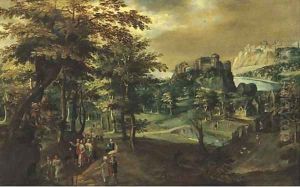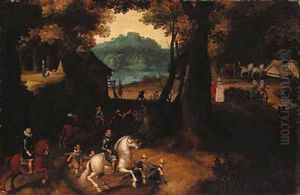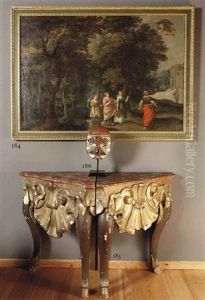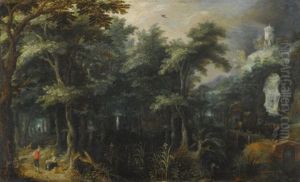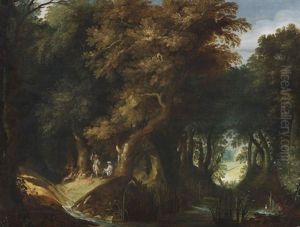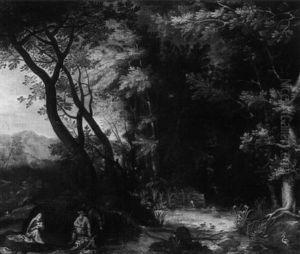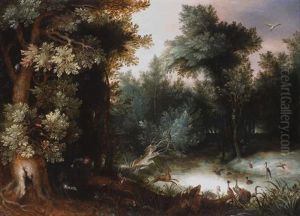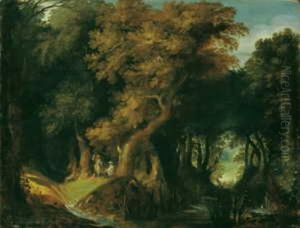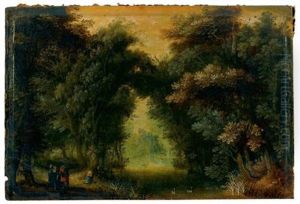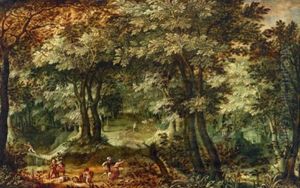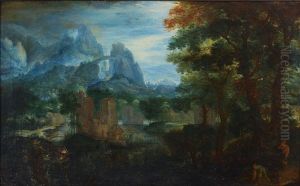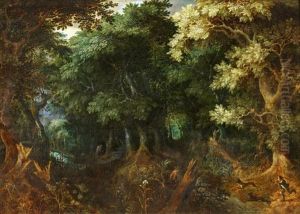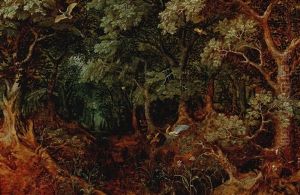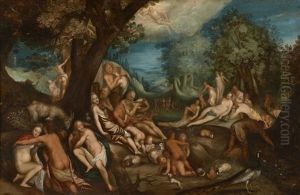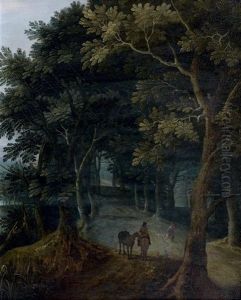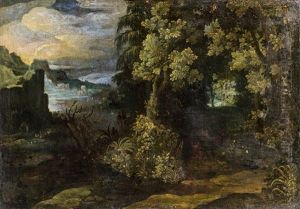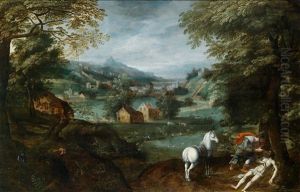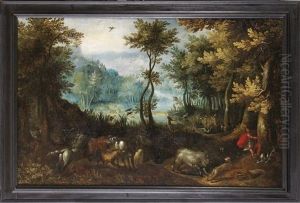Gillis Van Coninxloo III Paintings
Gillis Van Coninxloo III was a notable figure in the Northern Renaissance, particularly within the Flemish school of painting. Born in Antwerp, Belgium, in 1544, into a family with a strong artistic tradition, Coninxloo was destined to become a pivotal figure in the transition from Mannerist to early Baroque landscape painting. His early education in art was likely influenced by the vibrant artistic environment of Antwerp, which was a significant center for art and commerce during the 16th century. Coninxloo's work is distinguished by his intricate approach to landscape painting, characterized by a rich palette and detailed portrayal of nature.
Coninxloo's career can be divided into two main periods: his early years in Antwerp and his later years in Amsterdam. During his time in Antwerp, he was influenced by the works of Pieter Bruegel the Elder, which is evident in his detailed landscapes filled with narrative elements. However, due to religious persecution and the socio-political unrest associated with the Dutch Revolt, Coninxloo, like many of his contemporaries, left Antwerp. He moved to Amsterdam in the late 1580s, where he became a key figure in the development of the Dutch landscape painting tradition.
In Amsterdam, Coninxloo's style underwent a significant transformation. He moved away from the Mannerist style, characterized by its artificiality and emphasis on allegory and mythology, towards a more naturalistic representation of landscape. This shift not only marked a significant development in his personal style but also reflected broader changes within the European art world, as artists began to focus more on nature and the empirical study of the natural world. Coninxloo's landscapes from this period are notable for their panoramic views, attention to detail, and the use of light to create depth and atmosphere.
Gillis Van Coninxloo III's contributions to the development of landscape painting were profound. He is credited with introducing the dense, forested landscape as a subject matter, a theme that would become a staple in Dutch and Flemish painting. His work laid the groundwork for future generations of landscape artists, including those of the Dutch Golden Age, who would further elevate the genre to new heights. Coninxloo passed away in 1607 in Amsterdam, but his legacy lived on through his influential landscapes that continued to inspire artists long after his death.
